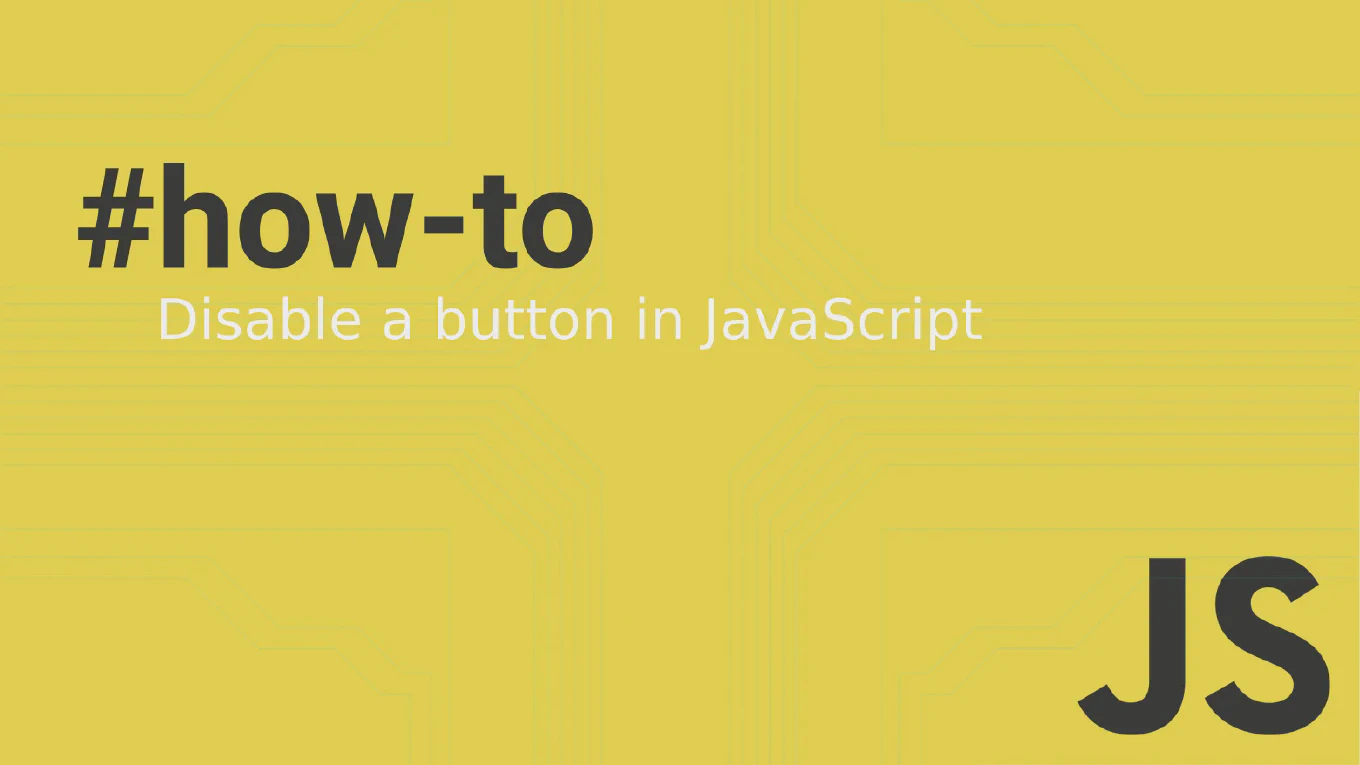How to remove event listeners in Node.js
Removing event listeners is crucial for preventing memory leaks and cleaning up resources in long-running Node.js applications.
As the creator of CoreUI with over 25 years of development experience building Node.js applications since 2014, I’ve implemented proper event listener cleanup extensively in our backend services to ensure optimal memory usage and application performance.
The most effective approach is using the removeListener() or off() method with the exact same function reference that was used when adding the listener.
This method ensures complete cleanup of event handlers and prevents the accumulation of unused listeners that can cause memory leaks.
How to listen for events in Node.js
Listening for events is fundamental to Node.js event-driven architecture, enabling asynchronous communication between different parts of your application.
As the creator of CoreUI with over 25 years of development experience building Node.js applications since 2014, I’ve implemented event listeners extensively in backend services for handling user actions, file operations, and inter-service communication.
The most reliable approach is using the on() method on EventEmitter instances to register event listeners that respond to specific events.
This method provides clean separation of concerns and enables scalable, loosely-coupled application architecture.
How to create event emitters in Node.js
Creating custom event emitters allows you to build modular, reactive components that communicate through events rather than direct method calls. As the creator of CoreUI, a widely used open-source UI library, and with over 25 years of experience in software development, I’ve designed countless Node.js services where custom event emitters provide clean separation of concerns. The most effective approach is extending the EventEmitter class to create specialized event emitters that encapsulate specific business logic. This pattern enables loose coupling and makes your code more testable and maintainable.
How to use events in Node.js
Working with events is fundamental to Node.js architecture, enabling asynchronous communication between different parts of your application. As the creator of CoreUI, a widely used open-source UI library, and with over 25 years of experience in software development, I’ve built numerous Node.js applications where event-driven patterns are essential for scalability. The most effective approach is using Node.js’s built-in EventEmitter class, which provides a robust foundation for creating and handling custom events. This pattern allows for loose coupling between components and enables reactive programming paradigms.
How to use @Output decorator in Angular
Using the @Output decorator is essential for child-to-parent communication in Angular applications, enabling components to emit custom events and maintain loose coupling. As the creator of CoreUI, a widely used open-source UI library, I’ve designed thousands of Angular components using @Output decorators for button clicks, form submissions, and custom interactions in enterprise component libraries. From my expertise, the most effective approach is to use @Output decorator with EventEmitter and descriptive event names. This method provides type-safe event communication, clear component interfaces, and excellent developer experience while maintaining component reusability and testability.



